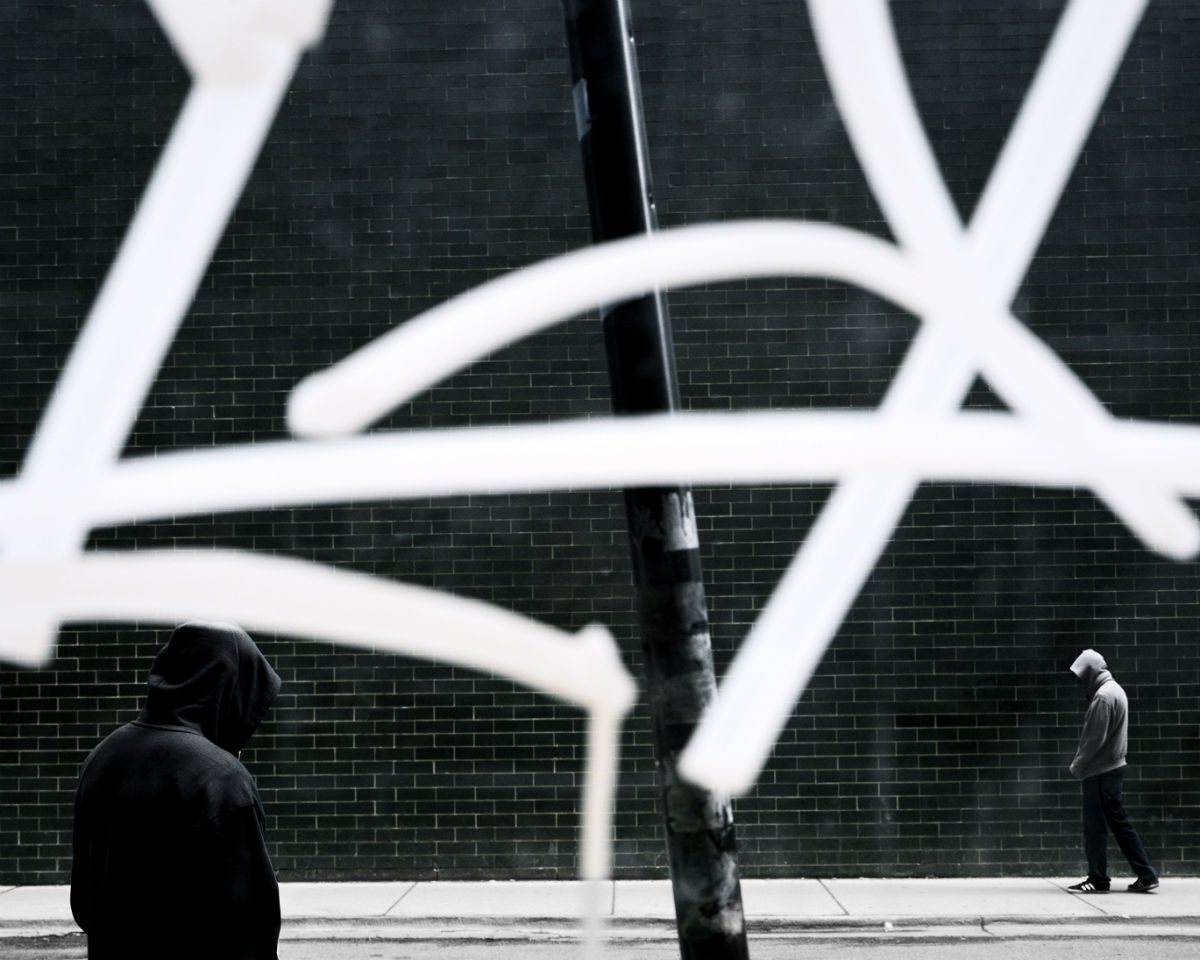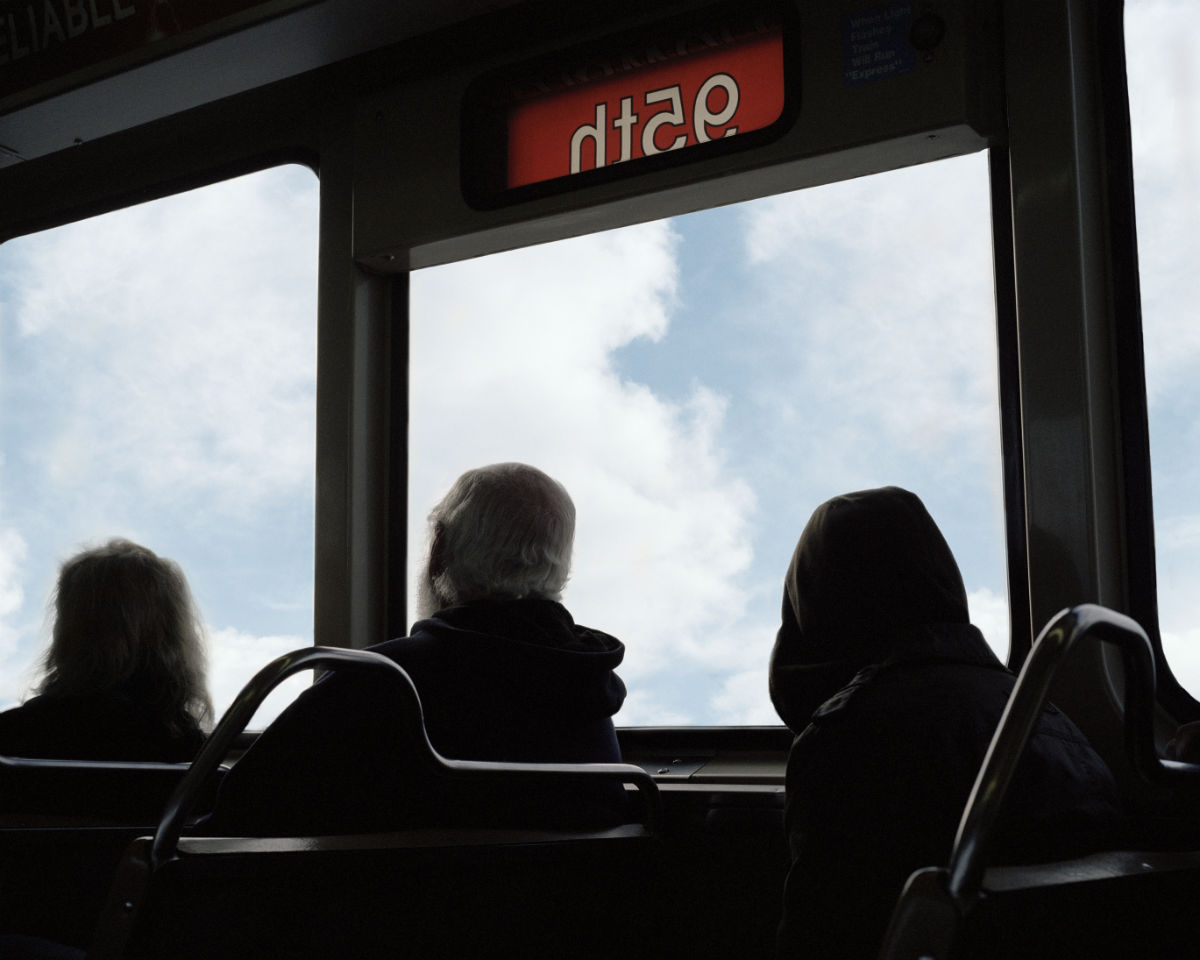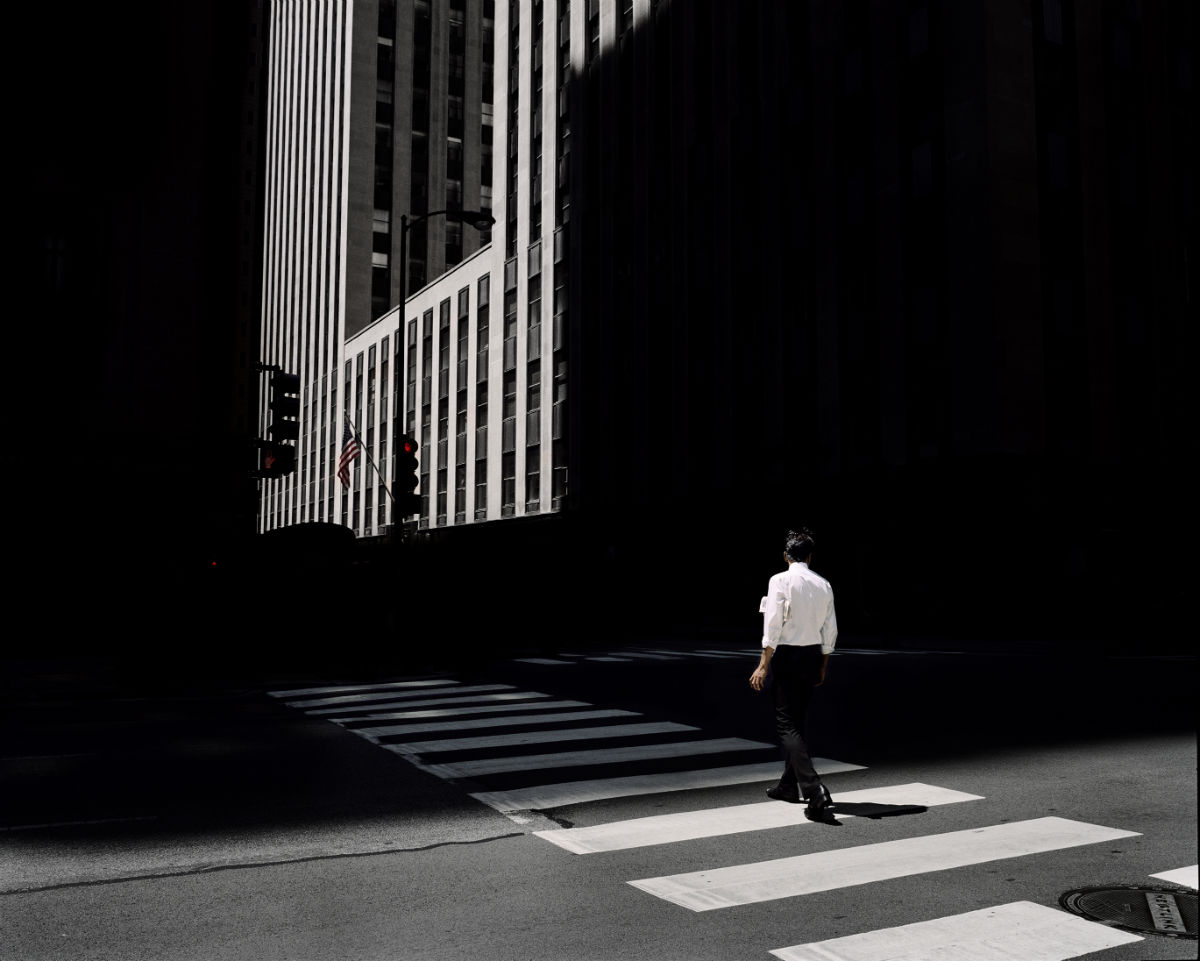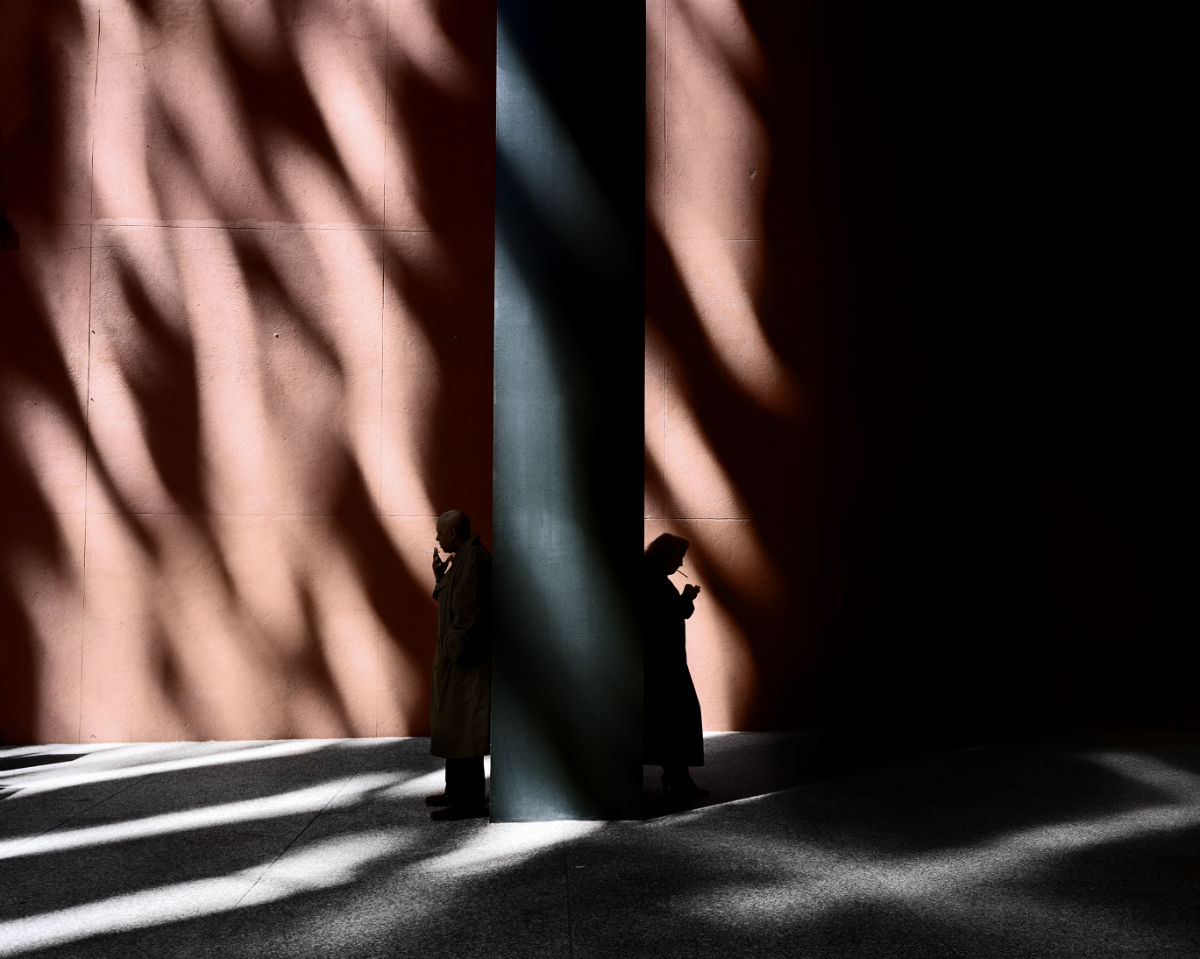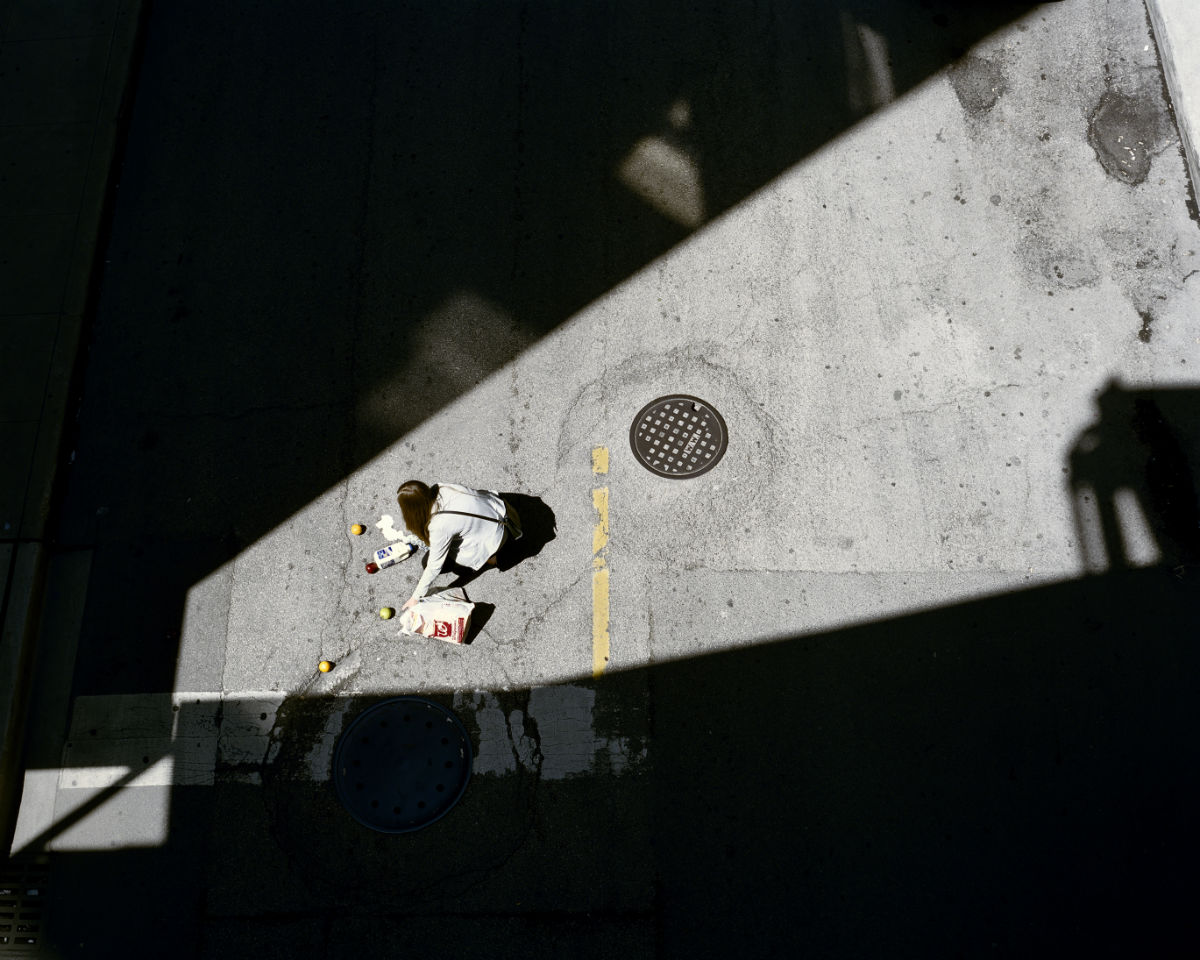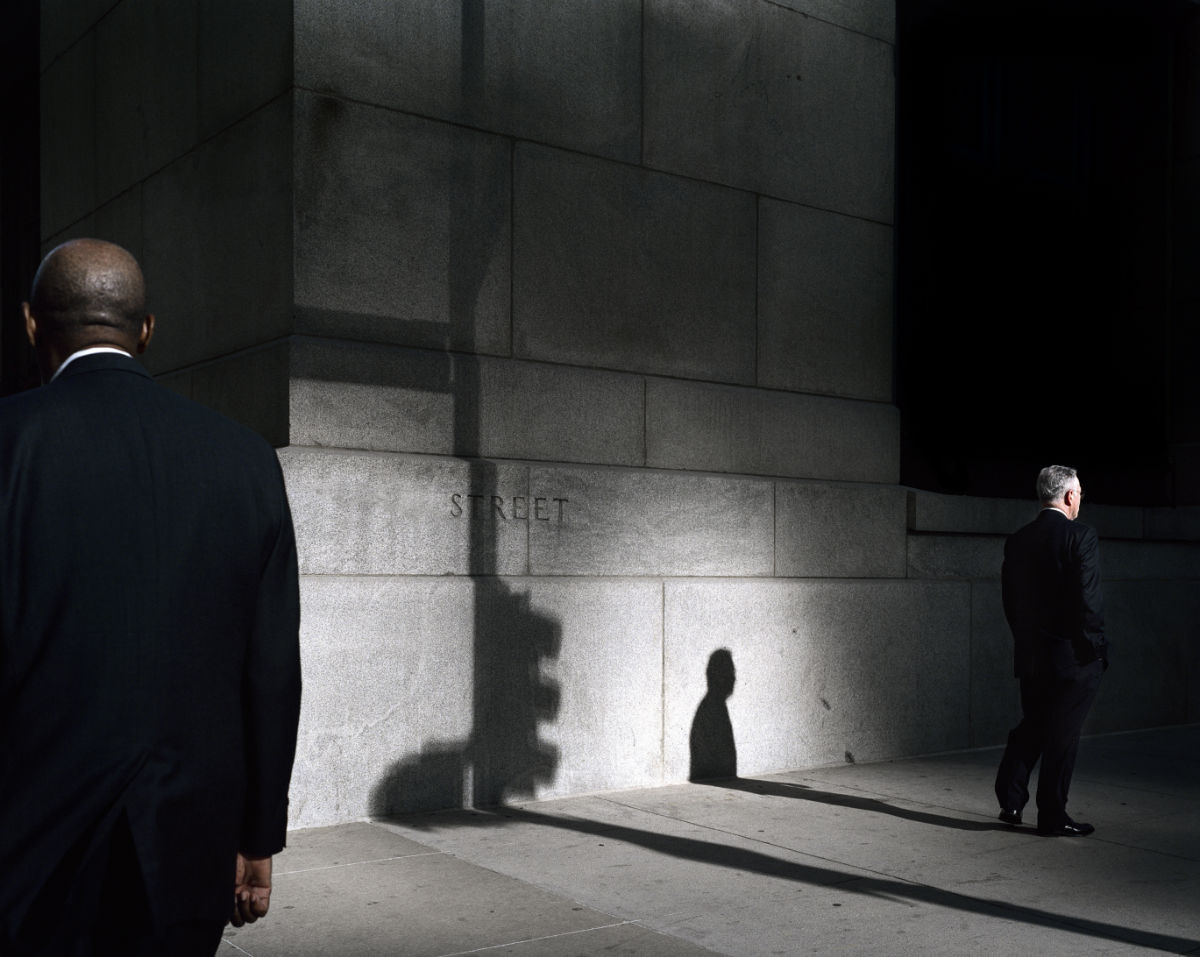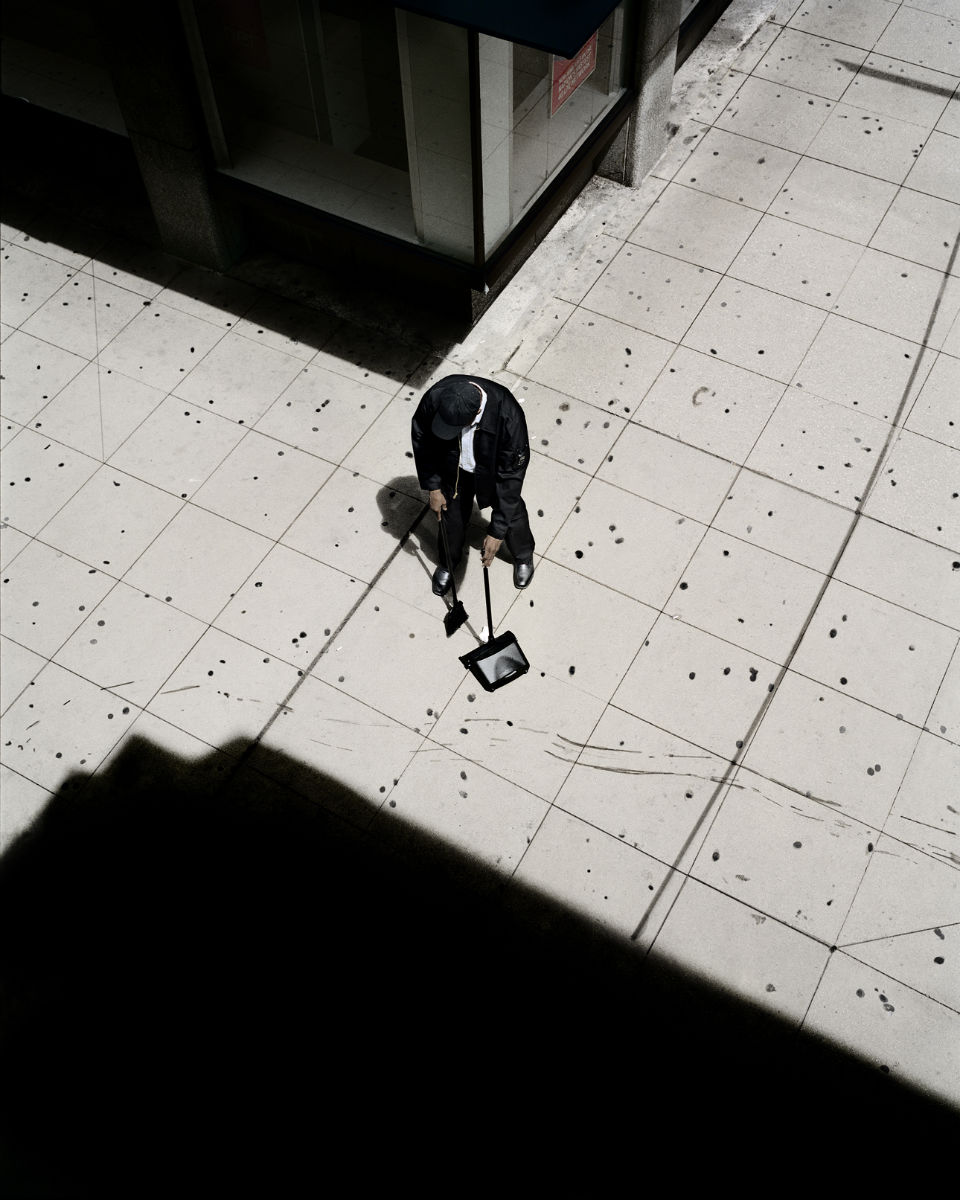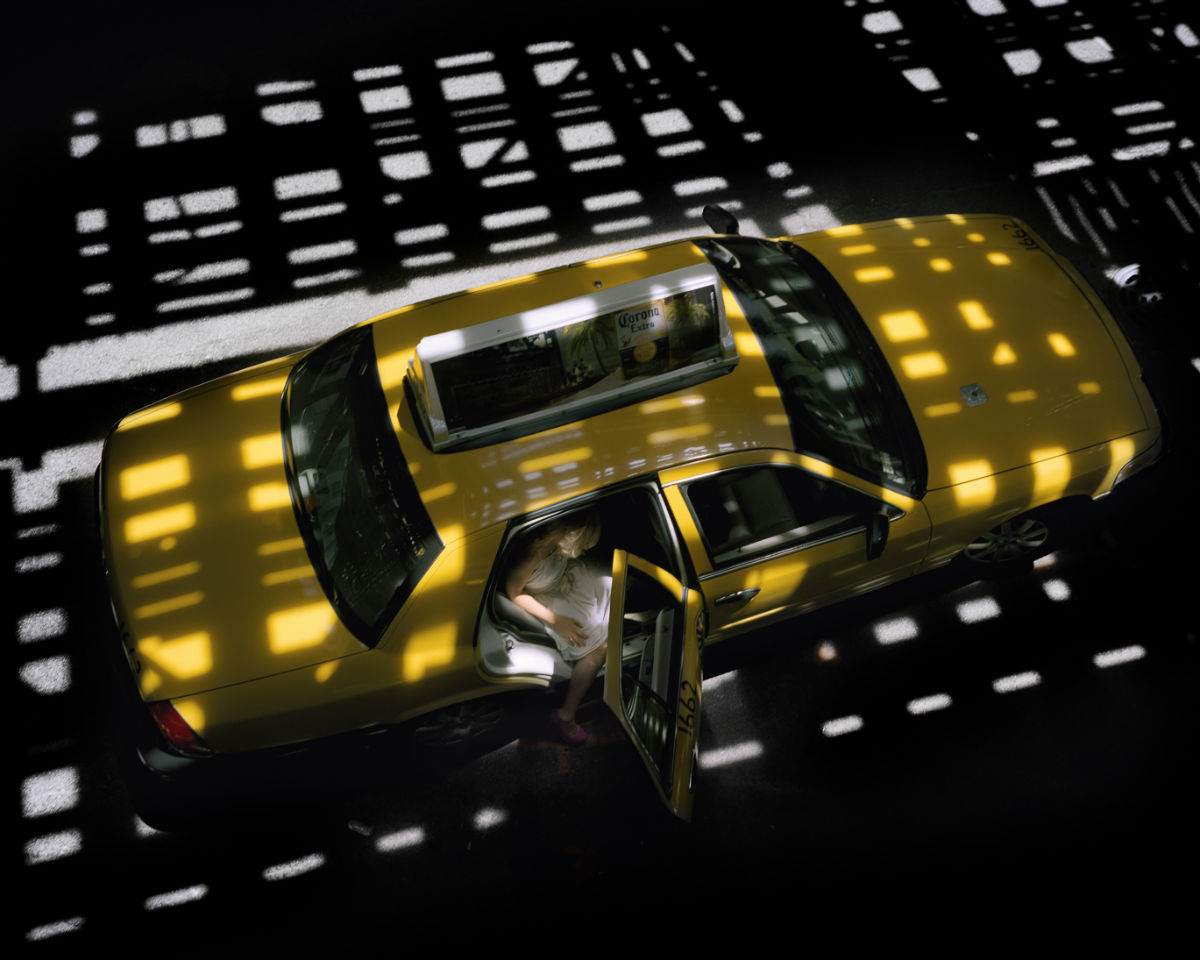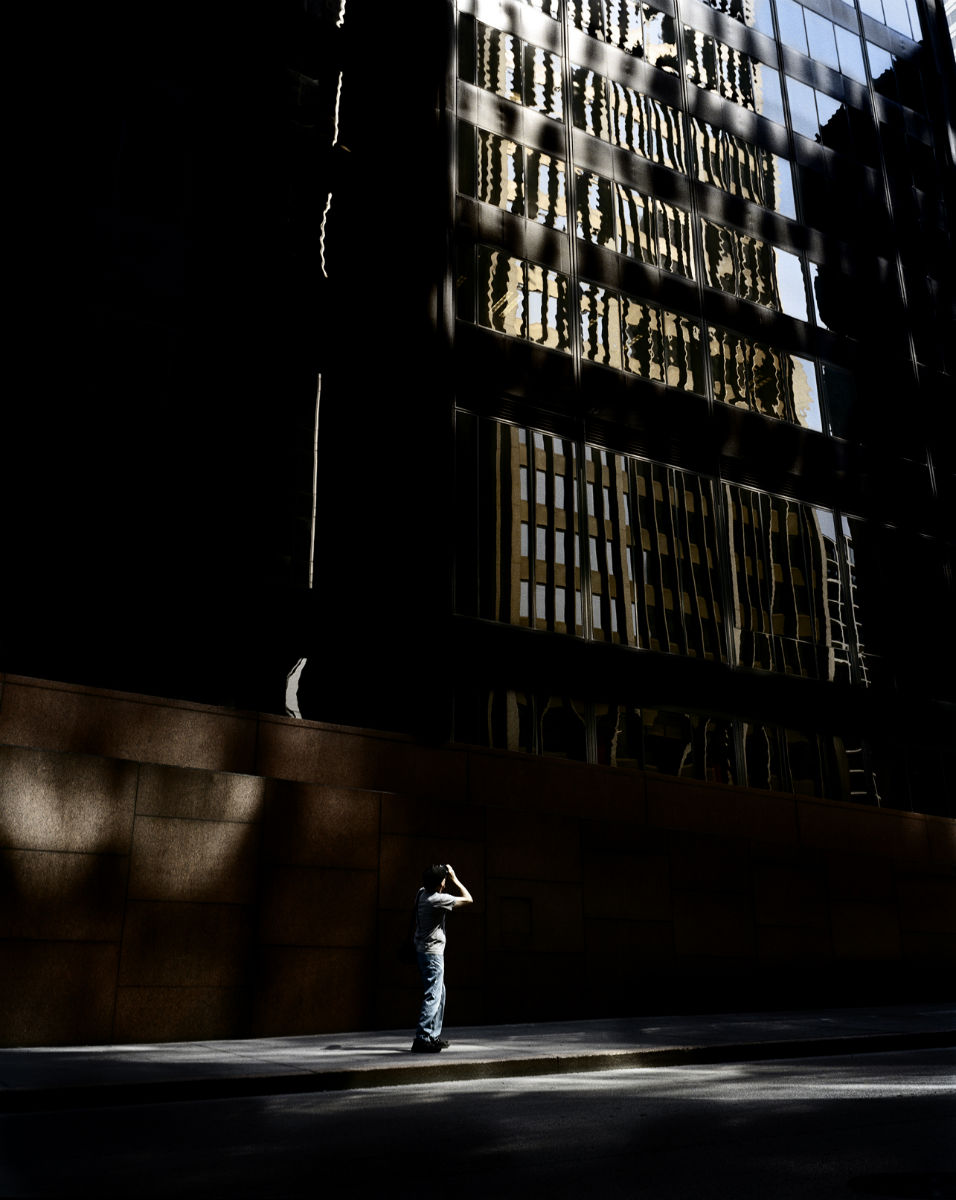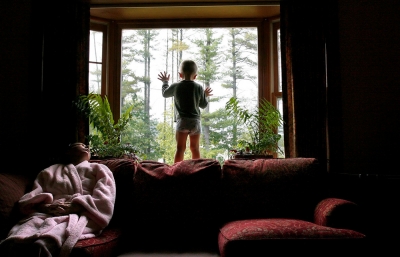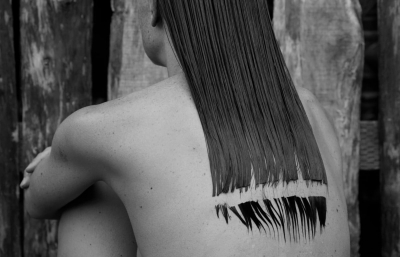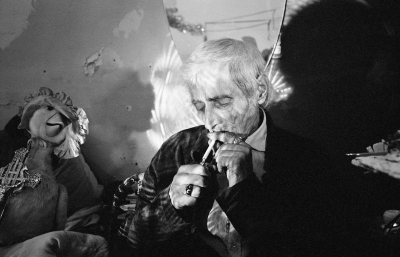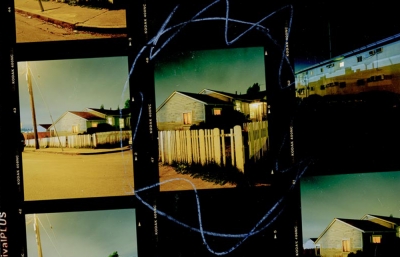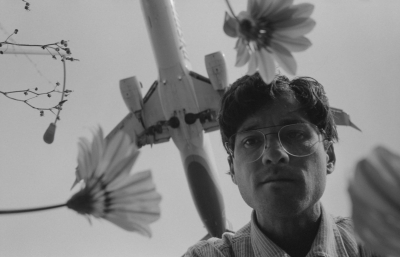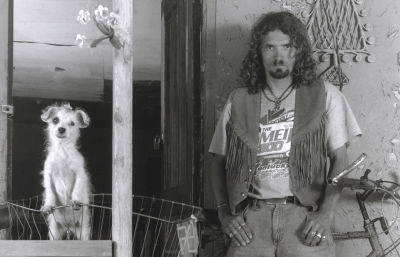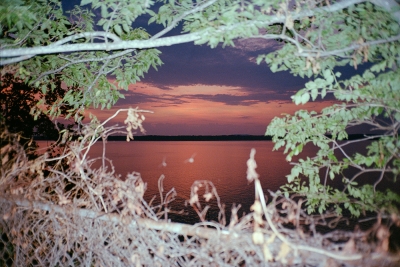The first time we saw the work of Chicago-based photographer Clarissa Bonet, her art spoke to us with immediacy. “Expressing a feeling or a mood is challenging to photograph; it’s not a tangible thing,” she told camera company Lomography. “So I used light, shadow and color as a way to communicate to my viewers what my experience of the urban environment was like.”
© Clarissa Bonet / Images Courtesy of Edelman Gallery, Chicago
If there were ever a photographer who captured both the anonymity and community of urban life, Bonet is that messenger. She creates an accessible language for what we see and feel navigating a city. No, it's not a tangible thing, but each of us knows the experience of walking down the street, wearing headphones and creating our own soundtrack for the scenario. Bonet’s work has that unique quality of resonating with the viewer, visually capturing the gripping reality of everyday life. Fortunately for us, she put it into words as well. —Juxtapoz
"The vast scale and overwhelming presence of the urban space are attributes of the city that captivated me immediately upon moving to Chicago. Coming from Florida, the foreign landscape made quite an impression on me—and still does almost six years later. City Space developed out of my attraction to the metropolitan environment and its people.
Mundane tasks of everyday life became completely new experiences in the urban arena—from the way I commuted, bought groceries or became caught up in the morning crowd. Yet the most significant change was becoming a pedestrian, roaming the city’s surface, experiencing life in flux. Rooted in the action of the pedestrian, City Space reconstructs everyday events in the city that I have publically experienced or witnessed. Stark light, deep shadow, and muted color are visual elements I explore to describe the city. I use the city as a stage and transform the physical space into a psychological one.
City Space rethinks the genre of street photography, imaging it anew. By analyzing the work of street photographers, I decipher their photographic language and use it as a conceptual vehicle for my own work. In studying them, I also borrow from their practice as I wander the streets for hours, observing life, making snapshots, and taking notes in reaction to my encounters on the streets. The materials and experience gained from these explorations are the source material I use to structure the final photographs.
More than documenting the street, I depict emotional and psychological experiences of city life that arise from physical characteristics of the environment: looming buildings, rigid structures, and mysterious inhabitants that occupy the space alongside me. The images I create are not intended to represent a commonality of experience, but express my personal interpretation of the cityscape and how aspects of the physical environment affect my perception of place and elicit a psychological response." —Clarissa Bonet
Originally featured in the December, 2015 issue of Juxtapoz, available here.

